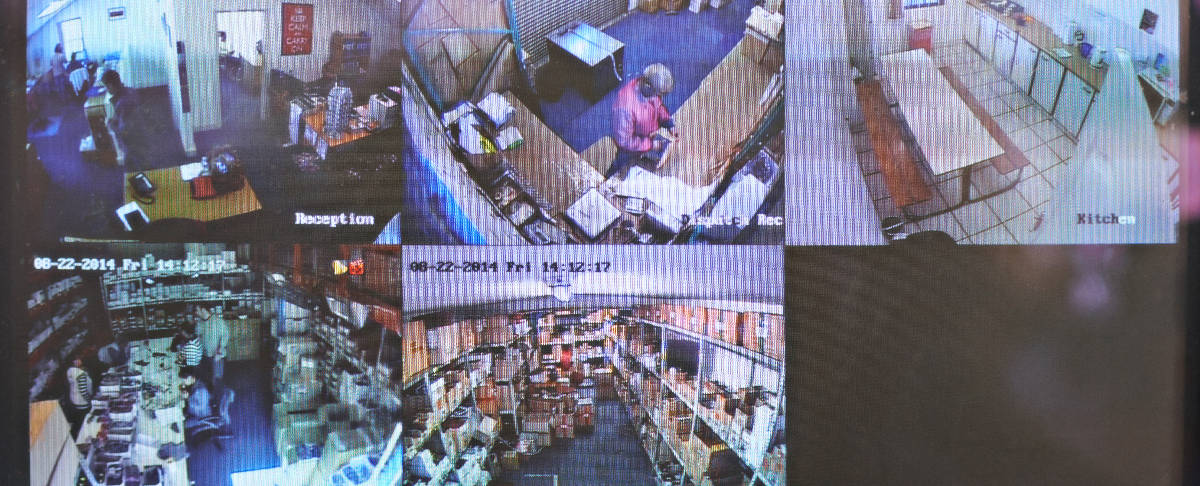
CHRS Research Featured in Society of Women Engineers Magazine
By Marsha Lynn Bragg, SWE Contributor
Cameras are everywhere. Hold a cell phone and you have direct access to a camera. Enter a bank, an elementary school, a superstore, or drive your car into an indoor parking garage and surveillance cameras are strategically placed to record your every move. At busy intersections, in public parks, and in boisterous sports arenas, cameras capture the haphazard, deliberate, and frenetic ways humans move about and interact. Even police are wearing body cameras, which will exponentially increase the number of cameras in public.
Cameras are a part of a larger system of surveillance tools known as facial recognition, machine learning, and artificial intelligence (AI). Facial recognition is a type of computer software that analyzes facial features and is used for the unique personal identification of individuals in still or video images; whereas machine learning is an application of AI that provides systems with the ability to automatically learn and improve from experience without being explicitly programmed.
Some see these tools as an added and crucial means for improved safety and security, and an important law enforcement tool. They can simplify law enforcement activities, advance investigations, and identify wanted at-large individuals. They could also help track an Alzheimer’s patient who slipped unnoticed out of a care center or locate a missing child. Some even see opportunities for advancement in health care. For example, machine-learning systems could enhance diagnostics and treatments, while potentially making health care services more widely available.
Critics often view the technology as dystopian and a government overreach, an unnecessary invasion of privacy with the potential to discriminate and inadvertently cause harm.
Full story is available here...
